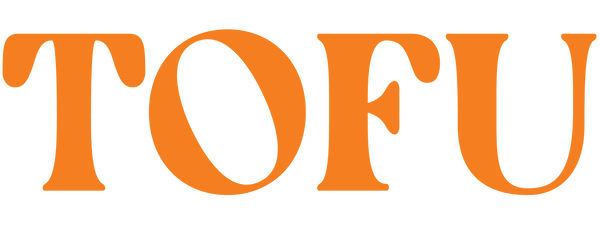Top 20 Harmful Chemicals Banned in Kids’ Products (Globally) — But Still Found in India
Share
These chemicals aren’t “possibly” harmful — they’re proven dangerous.
Globally, children are protected from a long list of toxic substances thanks to strict safety laws like REACH (EU), CPSIA (USA), and OEKO-TEX® standards. These chemicals are banned or heavily restricted because they can cause lasting damage to a child’s health.
But here’s the shocking truth — many of these same chemicals are still present in children’s clothing, accessories, and toys sold in India.
| Chemical | Why It’s Banned |
|---|---|
| Lead |
Neurotoxin, damages brain, causes anemia, linked to cancer |
| Cadmium |
Kidney damage, bone loss, carcinogen |
| Formaldehyde |
Respiratory irritation, potential human carcinogen |
| Phthalates (DEHP, DBP, BBP) |
Hormone disruption, reproductive toxicity |
| AZO dyes |
Break down into carcinogenic amines |
| Nonylphenol ethoxylates (NPEs) |
Endocrine disruptor, banned in EU |
| Chlorinated paraffins |
Toxic to liver and kidneys, found in PVC |
| BPA (Bisphenol A) |
Hormone mimic, harmful to development |
| Toluene |
Neurological damage, developmental toxicity |
| Nickel (in dyes or fasteners) |
Skin sensitizer, causes rashes and eczema |
| PVC (polyvinyl chloride) |
Releases toxic additives like lead and phthalates |
| Triclosan |
Endocrine disruptor, banned in EU personal care items |
| Organotins (TBT, DBT) |
Toxic to the immune system and endocrine system |
| Flame retardants (PBDEs, TDCPP) |
Neurotoxicity, thyroid disruption, cancer risk |
| Perfluorochemicals (PFCs) |
Linked to developmental and immune issues |
| Benzene |
Leukemia risk, used in synthetic dyes |
| Methanol |
Neurotoxic when absorbed through skin |
| Xylene |
Irritates lungs, liver, and nervous system |
Arsenic |
Carcinogenic, sometimes in pigments or finishes |
Ammonia |
Irritant to skin, eyes, lungs – used in wrinkle-resistant finishes |
So Why Are These Still in Indian Kidswear?
Simple: India has no mandatory chemical safety standards for children’s clothing. Most products — whether from street markets or well-known fast fashion brands — are never tested for these chemicals.
Real-World Examples from India
- In Delhi, testing of children’s artificial jewellery from Janpath and Sadar Bazaar found lead levels over 850,000 ppm — far above the global safety limit of 90 ppm.
- A Toxics Link study in Kochi showed 65% of children’s toys (including branded ones) contained harmful levels of lead and phthalates.
- Imported fast-fashion kidswear sold online in India (e.g., Shein, Temu, and knockoff brands) tested positive for lead and formaldehyde, even in baby rompers.
- Many low-cost printed T-shirts for kids use PVC-based prints, containing phthalates and other hormone disruptors.
Why This Happens in India
- No national standard for chemicals in kidswear.
- No mandatory testing or certification for children’s textiles.
- No BIS regulation for dyes, finishes, or screen prints.
- Weak enforcement of existing toy safety laws.
- No requirement for chemical or ingredient labelling.
Meanwhile, children in Europe and the US are protected by multiple layers of regulation. Indian children are not.
What TOFU Does Differently
At TOFU, we treat Indian children’s health like it matters — because it does.
We guarantee:
- No lead, phthalates, azo dyes, or other banned chemicals.
- Only OEKO-TEX® and GOTS-certified natural fabrics.
- No PVC prints or wrinkle-resistant coatings.
- Complete transparency on materials used.
We don’t wait for India’s regulations to catch up — we meet global safety standards today.
What Parents Can Do
- Ask brands what chemicals they test for.
- Choose certified safe clothing (OEKO-TEX®, GOTS).
- Avoid glittery prints, synthetic appliqués, and stiff wrinkle-free finishes.
- Wash all new clothes before the first wear to reduce chemical residues.
- Stay informed and demand better safety standards.
It’s Time India Protects Its Children
We call on Indian regulators to:
- Introduce mandatory chemical safety rules for kidswear.
- Ban known toxins like lead, phthalates, and azo dyes.
- Require full transparency and chemical labelling.
- Enforce testing for both domestic and imported products.
Children’s safety should never be optional — not in toys, not in clothes, not anywhere.
